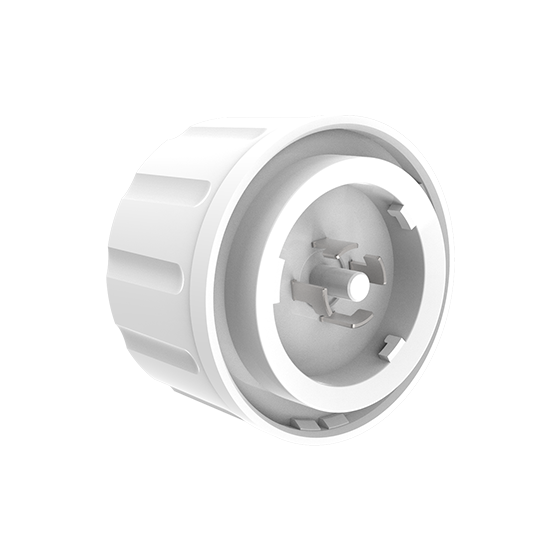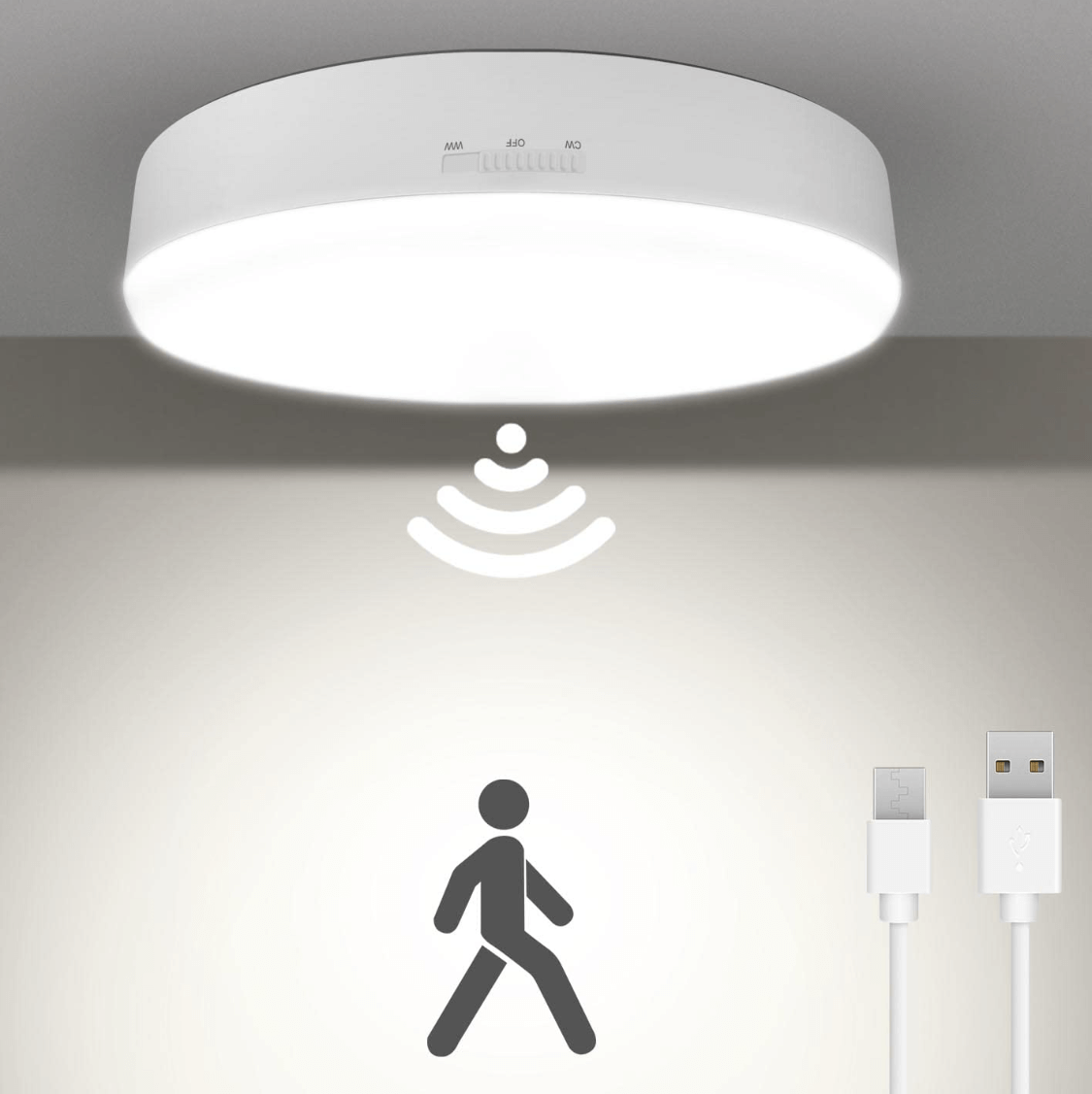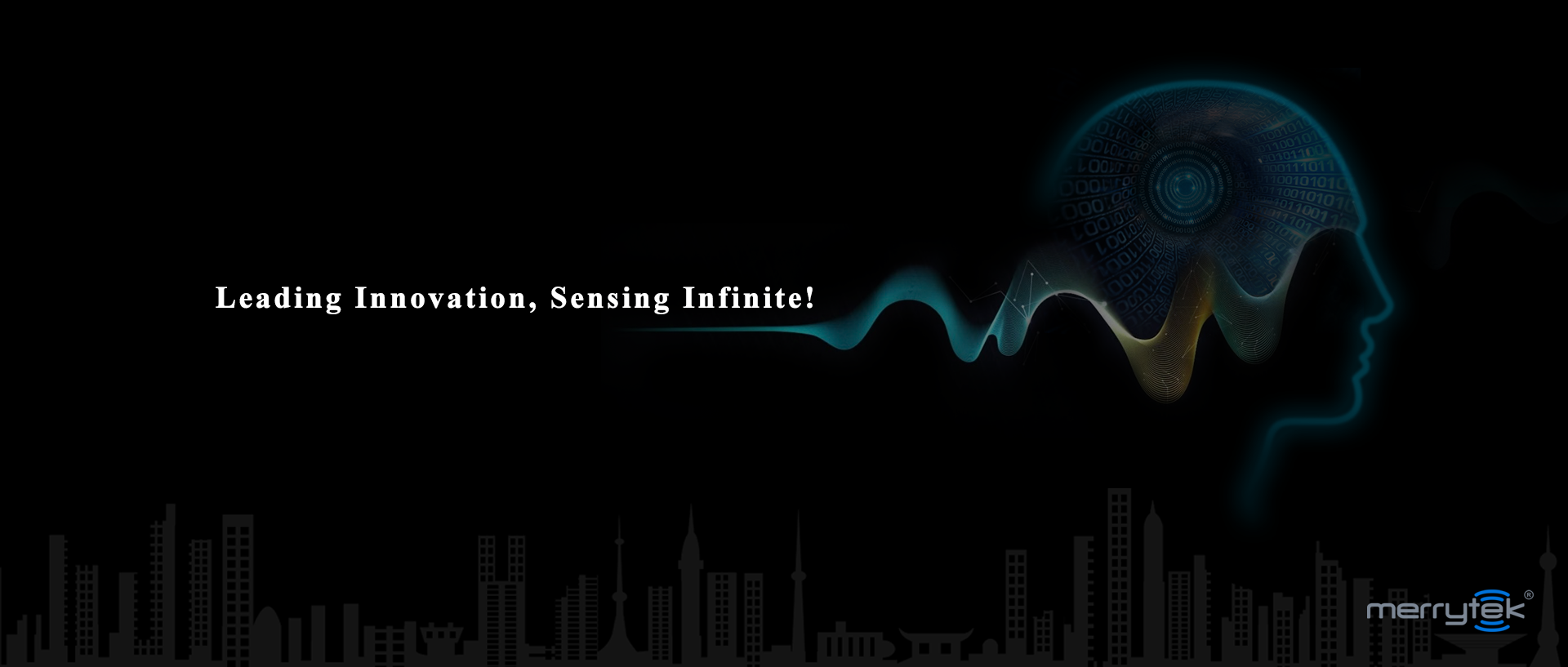Introduction to High-Intensity Lighting Sensors
Welcome to the illuminating world of high-intensity lighting sensors! In a society where innovation is constantly pushing boundaries, these cutting-edge devices are revolutionizing the way we perceive and interact with light. From enhancing energy efficiency to optimizing safety measures, high-intensity lighting sensors have become indispensable in various industries. So, buckle up and get ready to shed some light on this fascinating technology that is shaping our future. Let's dive into the evolution of lighting technology and explore the numerous benefits and applications of high-intensity lighting sensors across different sectors. Get ready for an enlightening journey ahead!
The Evolution of Lighting Technology
Lighting technology has come a long way since the invention of fire. From humble beginnings, humans have constantly sought ways to illuminate their surroundings more efficiently and effectively. The evolution of lighting technology has been an incredible journey, driven by innovation and a desire for brighter, safer, and more energy-efficient lighting solutions.
In the early days, light sources were limited to natural resources like flames from torches or candles. These primitive forms of illumination provided only minimal light output and posed significant risks due to their open flames. However, as time progressed, so did our understanding of physics and electricity.
With the advent of electricity in the late 19th century came revolutionary breakthroughs in lighting technology. The invention of incandescent bulbs by Thomas Edison paved the way for widespread electric lighting adoption across the globe. This new form of artificial lighting offered longer-lasting illumination compared to traditional flame-based methods.
However, incandescent bulbs were far from perfect in terms of efficiency. They generated a significant amount of heat while producing light, resulting in wasted energy consumption. As concerns over environmental impact grew louder in recent decades, there was a need for greener alternatives that could provide superior performance without sacrificing sustainability.
This led to further advancements such as compact fluorescent lamps (CFLs) and light-emitting diodes (LEDs). CFLs offered improved energy efficiency compared to incandescent bulbs but still fell short when it came to longevity and overall environmental impact. LEDs emerged as game-changers with their exceptional energy efficiency and extended lifespan.
Today, we stand at the precipice of another leap forward in lighting technology: high-intensity lighting sensors. These innovative sensors are revolutionizing how we interact with our environments by automatically adjusting brightness levels based on real-time conditions. By intelligently responding to changes in ambient light intensity or occupancy patterns within spaces like offices or homes, these sensors optimize energy usage while maintaining optimal visual comfort for occupants.

Benefits of High-Intensity Lighting Sensors
High-intensity lighting sensors offer a wide range of benefits that make them an essential component in various industries. One major advantage is their ability to enhance safety and security in different environments. By detecting changes in light intensity, these sensors can automatically adjust the brightness level, ensuring optimal visibility for both workers and visitors.
Moreover, high-intensity lighting sensors are also known for their energy efficiency. They have the capability to detect natural light levels and dim or switch off artificial lighting accordingly. This not only reduces energy consumption but also helps lower utility costs significantly.
Another remarkable benefit of these sensors is their contribution to sustainability efforts. By promoting energy conservation, they help organizations reduce their carbon footprint and minimize environmental impact.
In addition to safety, efficiency, and sustainability advantages, high-intensity lighting sensors also improve productivity by creating a comfortable working environment. These sensors enable automatic adjustment of lighting conditions based on occupancy or task requirements, reducing eye strain and increasing focus among employees.
Furthermore, these advanced sensors facilitate smart building automation systems by integrating with other technologies such as motion detectors or HVAC controls. This integration enables seamless coordination between different functionalities within a building environment for improved operational efficiency.
The benefits provided by high-intensity lighting sensors are invaluable across various industries ranging from manufacturing plants to office spaces. With enhanced safety measures, reduced energy consumption, sustainable practices, increased productivity levels, and streamlined automation capabilities – it's clear why high-intensity lighting sensors are becoming increasingly popular in today's rapidly evolving world.
Applications in Different Industries
High-intensity lighting sensors have found applications in a wide range of industries, revolutionizing the way businesses operate and enhancing safety measures. One such industry that has greatly benefited from these sensors is the manufacturing sector. In manufacturing plants, high-intensity lighting sensors are used to automatically adjust the brightness levels of lights based on occupancy or ambient light conditions. This not only helps to reduce energy consumption but also creates a more comfortable working environment for employees.
The retail industry has also embraced high-intensity lighting sensors as an effective way to enhance visual merchandising and create engaging shopping experiences. By using these sensors, retailers can dynamically control the intensity and color of their store lighting, creating different moods and atmospheres to match various products or promotional campaigns.
In the healthcare sector, high-intensity lighting sensors play a crucial role in maintaining optimal illumination levels in operating rooms and patient care areas. These sensors help healthcare professionals perform delicate procedures with precision while ensuring patient comfort and safety.
Transportation infrastructure is another area where high-intensity lighting sensors have proven invaluable. For example, on highways or bridges, these smart technology-based systems can detect changes in natural light conditions and traffic patterns, allowing for real-time adjustments of roadway illumination.

Future of High-Intensity Lighting Sensors
The future of high-intensity lighting sensors is looking brighter than ever before. As technology continues to advance at a rapid pace, we can expect these sensors to become even more efficient and precise in their functionality.
One exciting possibility for the future of high-intensity lighting sensors is their integration with smart home systems. Imagine walking into a room and having the lights automatically adjust based on your preferences and needs. With high-intensity lighting sensors, this type of personalized lighting experience could become a reality.
Another area where we may see significant advancements is in the field of sustainable energy. As renewable energy sources such as solar power gain momentum, high-intensity lighting sensors can play a crucial role in optimizing energy usage by efficiently adjusting light levels based on natural daylight availability.
In addition, industries such as healthcare and horticulture can greatly benefit from the continued development of high-intensity lighting sensor technology. In healthcare settings, these sensors can help create optimized environments for patients while reducing energy consumption. In horticulture, they can enable precision control over light levels to enhance plant growth and yield.
The future holds immense potential for high-intensity lighting sensors. From smart homes to sustainable energy solutions and various industries' applications – there seems to be no limit to how these innovative devices will shape our lives moving forward.
Conclusion
Innovation in lighting technology has revolutionized the way we illuminate our spaces, and high-intensity lighting sensors have played a crucial role in this transformation. These sensors provide not only enhanced visibility but also efficiency and sustainability.
As we have explored throughout this article, high-intensity lighting sensors offer numerous benefits across various industries. From improving safety on roadways to increasing productivity in manufacturing plants, these sensors are truly versatile and adaptable.
Looking ahead, the future of high-intensity lighting sensors seems promising. With advancements in technology and growing demand for energy-efficient solutions, we can expect even more sophisticated sensor systems that cater to specific needs and deliver optimal performance.
Whether it's enhancing security measures or creating intelligent environments that respond to human presence, high-intensity lighting sensors continue to pave the way for a brighter and more efficient future.
So next time you encounter bright lights illuminating your surroundings with precision or experience increased comfort with automated lighting adjustments, remember that behind these innovations lie powerful high-intensity lighting sensors working silently yet effectively.
Embrace the power of light sensing technology today and step into a world where illumination meets innovation!



